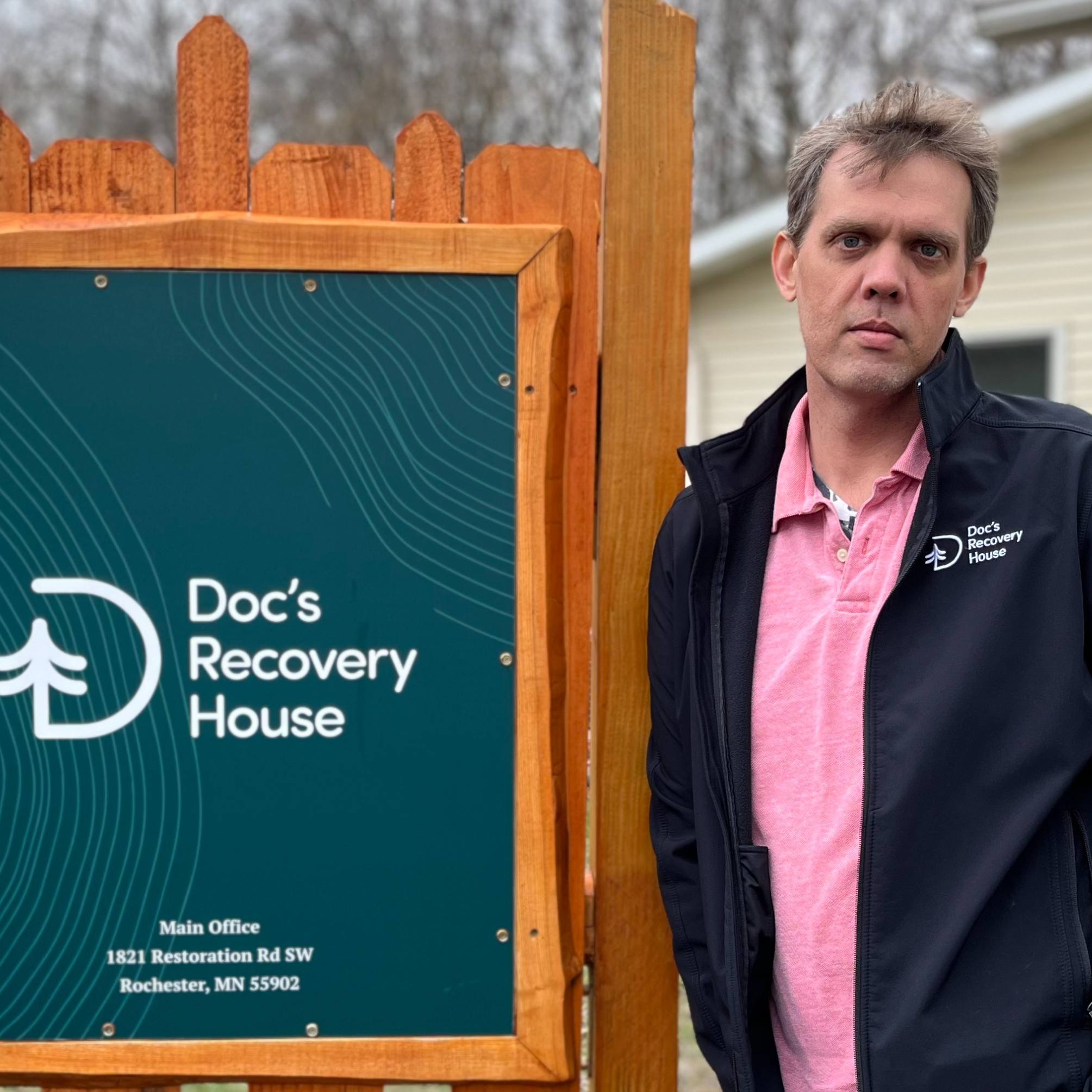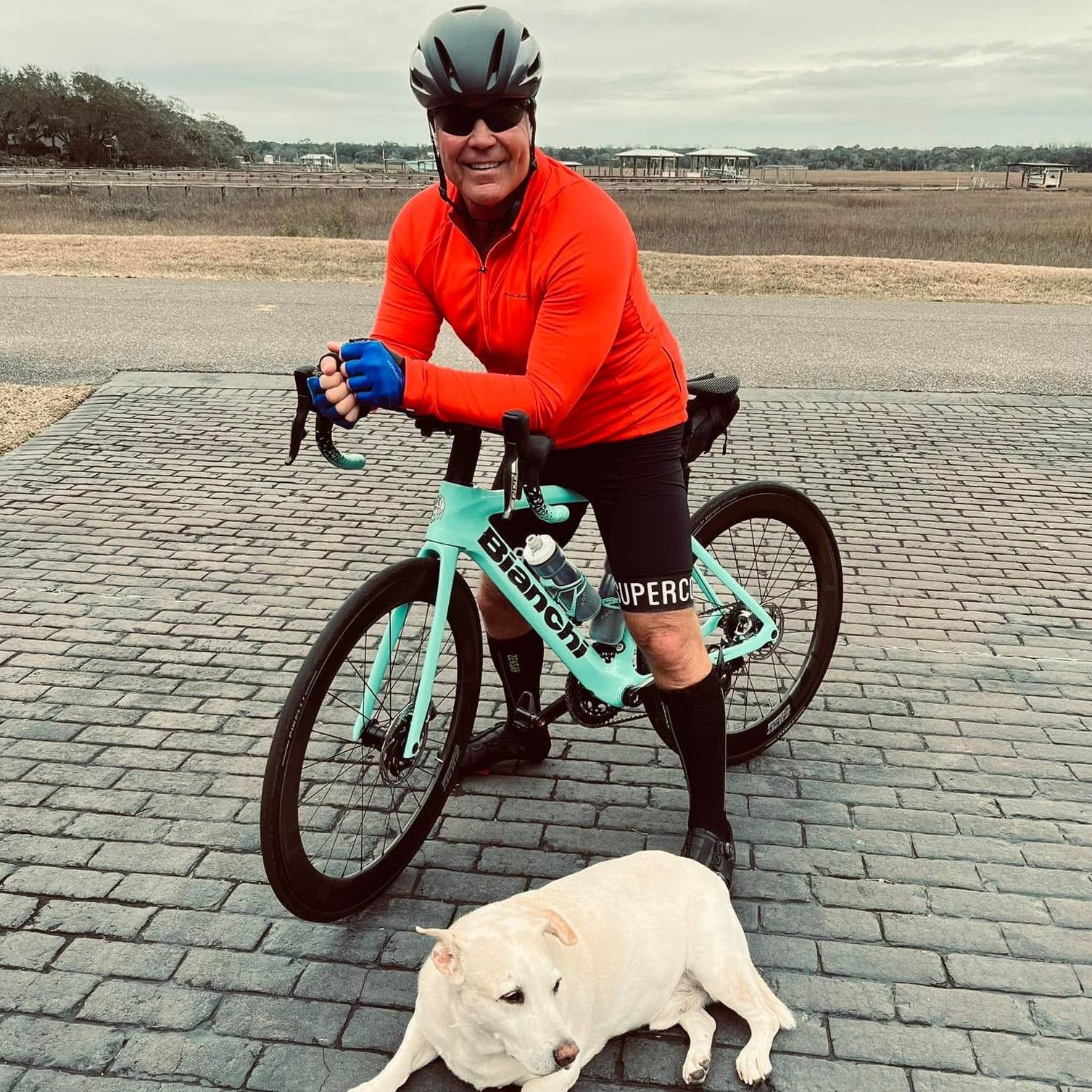-
Lessons Learned from Mayo Clinic: A Caregiver’s Perspective

I work in the Public Affairs Department at Mayo Clinic, and I’ll be writing about patient support tools and patient support groups at Mayo Clinic.
For my first post, I’m going to share a presentation from a longtime Mayo patient and caregiver. She found that her friends and neighbors all had the same questions about Mayo Clinic – so she put together a great presentation to empower patients and caregivers.
Lessons I Have Learned from Mayo Clinic
by Brenda McGuire
When the third generation of our family was being treated by Mayo Clinic staff, I realized that I knew things about coping with illness that my waiting room companions did not. Past experiences had forced me to learn lessons that made subsequent illnesses easier to bear. While negotiating the world of medicine can be intimidating, learning those lessons was empowering. There was no need to be passive any more--just polite. After all, those medical types needed patients as much as we needed them.
Lesson #1: You have to kiss a lot of frogs to find a handsome prince. It is the same with doctors, except for the kissing part.
One of our first trips to Mayo Clinic followed an exhaustive round of visits to various specialists in our city. We had seen more than 10 doctors who insinuated that the ailment was imagined, before we insisted on a referral to Mayo Clinic. We were eventually directed to a really special specialist. Diplomas and honorary degrees from all over the world covered the walls of his modest office. I have no clue how to pronounce his specialty, but he had the answer. The ailment was a side effect of a discontinued medication that had damaged nerves. The medication had to be reinstated for life to avoid further symptoms. It was, and for 20 years there have been no further problems.
Lesson #2: Not all doctors graduate at the top of their medical school class. Neither do their colleagues. All medical tests are not equal. Neither are diagnoses.
This lesson is like learning the truth about Santa Claus. Our first family member to visit Mayo Clinic had suffered a back injury that hindered walking. For several months various tests and examinations had been conducted at the three hospitals and various clinics in our city, including one in a dirty office with vice grips on the windowsill. The condition worsened. Hmmmmm.
Staff at Mayo Clinic discovered that muscles had atrophied during the medical dithering at home, but that a full recovery was possible with physical therapy. It was. The whole Clinic was clean, too.
We brought the patient home just before I was to begin teaching in the fall. In the flurry of activity I fell and sprained both ankles. The local ER charged more for that one x-ray than the charge for a full body x-ray at Mayo Clinic. That fact made teaching on crutches for three weeks easier to bear. Almost.
Lesson #3: There is a reason you are sick. Failure to find it is not the patient’s fault, so stop feeling guilty.
If you have never been to Mayo Clinic it is either because you are healthy or because you think it will be too expensive. Mayo Clinic is not for simple ailments that can easily be addressed at home. It is for patients who have failed to find relief or definitive diagnoses and treatments after reasonable attempts. Surprisingly, the cost is a national model for healthcare reform, because staff is salaried and profits are put back into research and improved treatments. It is a well-oiled machine that puts patients first.
Lots of people come to believe that they will just have to “live” with an ailment or that they are imagining symptoms. The Clinic model begins with an information gathering appointment that gives ample time for collecting information that others might have missed in the past. Even the most trivial fact might tip off the doctor to a correct diagnosis. Be specific.
Lesson #4: Resumes are not just for job-hunters. Pocket notebooks are not just for reporters.
“So, what brings you here today?” It is a question every patient dreads. Where to begin?
A one-page patient resume is the answer. Most doctors do not have the time to sift through fat files prior to seeing the patient. The first time we brought a condensed version of the patient’s medical history to our intake Mayo Clinic interview, the doctor gushed over it and got to the gist of the problem quickly. Now we carry updated copies in our wallets. You’d be surprised at how it expedites emergency room visits, too.
The patient resume is a one page document I created for family members. At the top is the patient’s name and address, Mayo Clinic number, insurance information, doctors’ and pharmacy names/phone/fax numbers, medicines and dosages, dates of hospital visits, diagnosis, results, and current complaints.
Carry a pocket notebook to record dates, complaints, questions and treatments each time the patient sees a doctor. Put the patient’s name and the year on the outside. On the inside cover put name, address and doctor information. The first page can have current medications. Subsequent pages are for appointments. Date and include the doctor’s name for each visit. List complaints and questions prior to the appointment, so that you can maintain focus when the doctor is there. Don’t forget to record the doctor’s instructions. Refer to previous notes if you need to. You might avoid repeating failed treatments. We did.
Making notes is invaluable for updating your patient resume, too. It works like a charm—especially when your mind turns to mush from the stress of it all.
Lesson #5: If more than two specialists are recommended for the original ailment, go to Mayo Clinic. You are a patient, not a juggler.
Seeking relief for stubborn symptoms can become an endless chain of tests and office visits delayed by schedules, tardy lab reports, and consultations. For some reason, doctors on the “outside” have difficulty chatting by phone in a timely fashion. Mistakes can be made, not maliciously, but they happen. Sometimes the delay can be fatal.
Complicated and rare conditions are seen more frequently at Mayo Clinic. Clinic networks allow instant access to patient records and consultations are immediate. With a few keystrokes in his office, a doctor can show patients an actual CT scan and more. We’ve found the average diagnostic time to be 7-10 days. Pretty cool.
Lesson #6: Recovered? Pass it on!
Relief at a correct diagnosis, regardless of the outcome, is almost tangible. The Mayo Clinic’s reputation for thorough diagnostic evaluation and cutting edge medical treatments gives patients the confidence to resume their lives knowing that they have received the best care in the world. Eventually they will encounter someone who is stuck in the endless cycle they have just escaped.
My advice? Don’t be shy! Share what you know about your experience at Mayo Clinic. It could save a life.
We'd like your feedback on Brenda's observations. Do you have suggestions for patients and caretakers? Please leave your comments below.



















